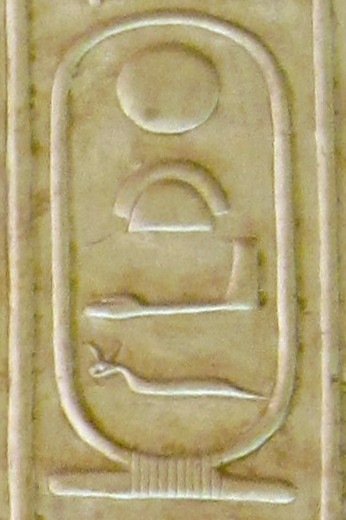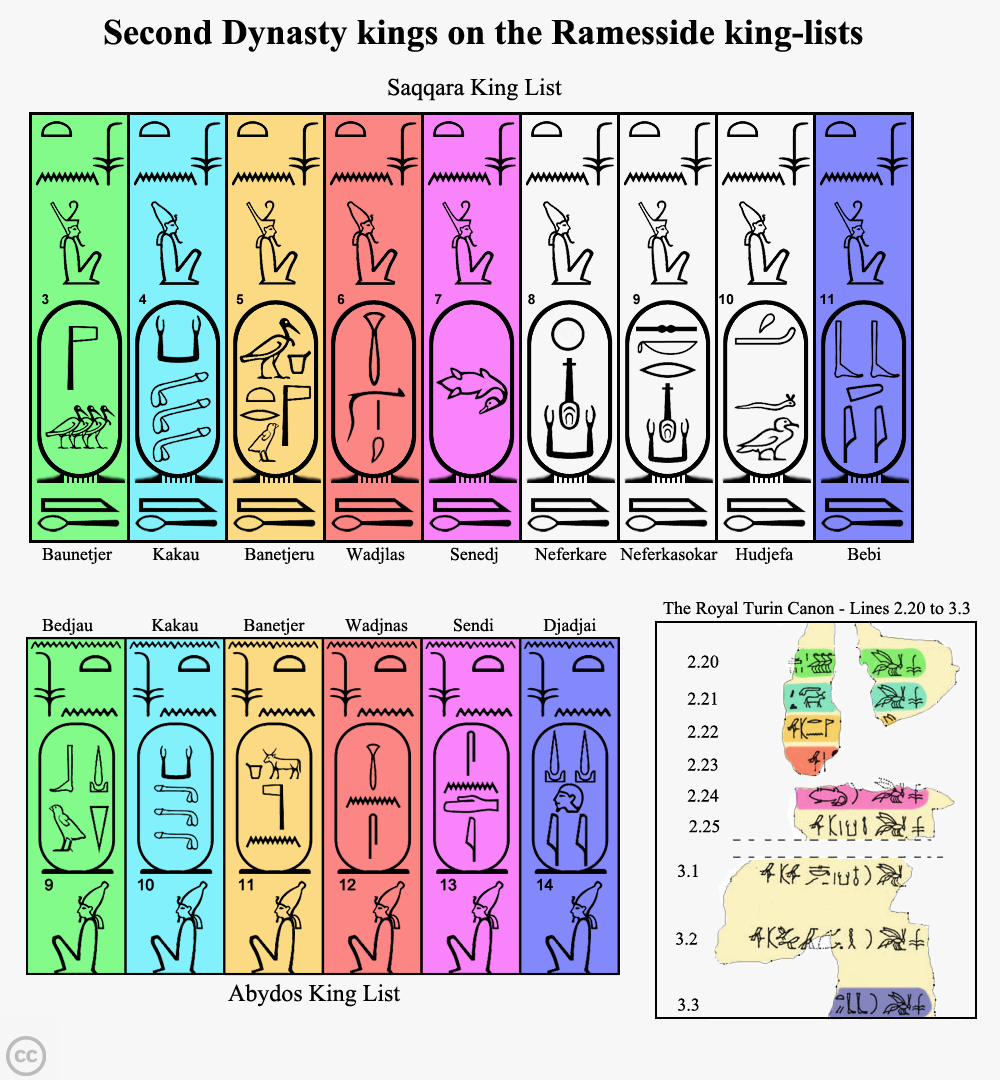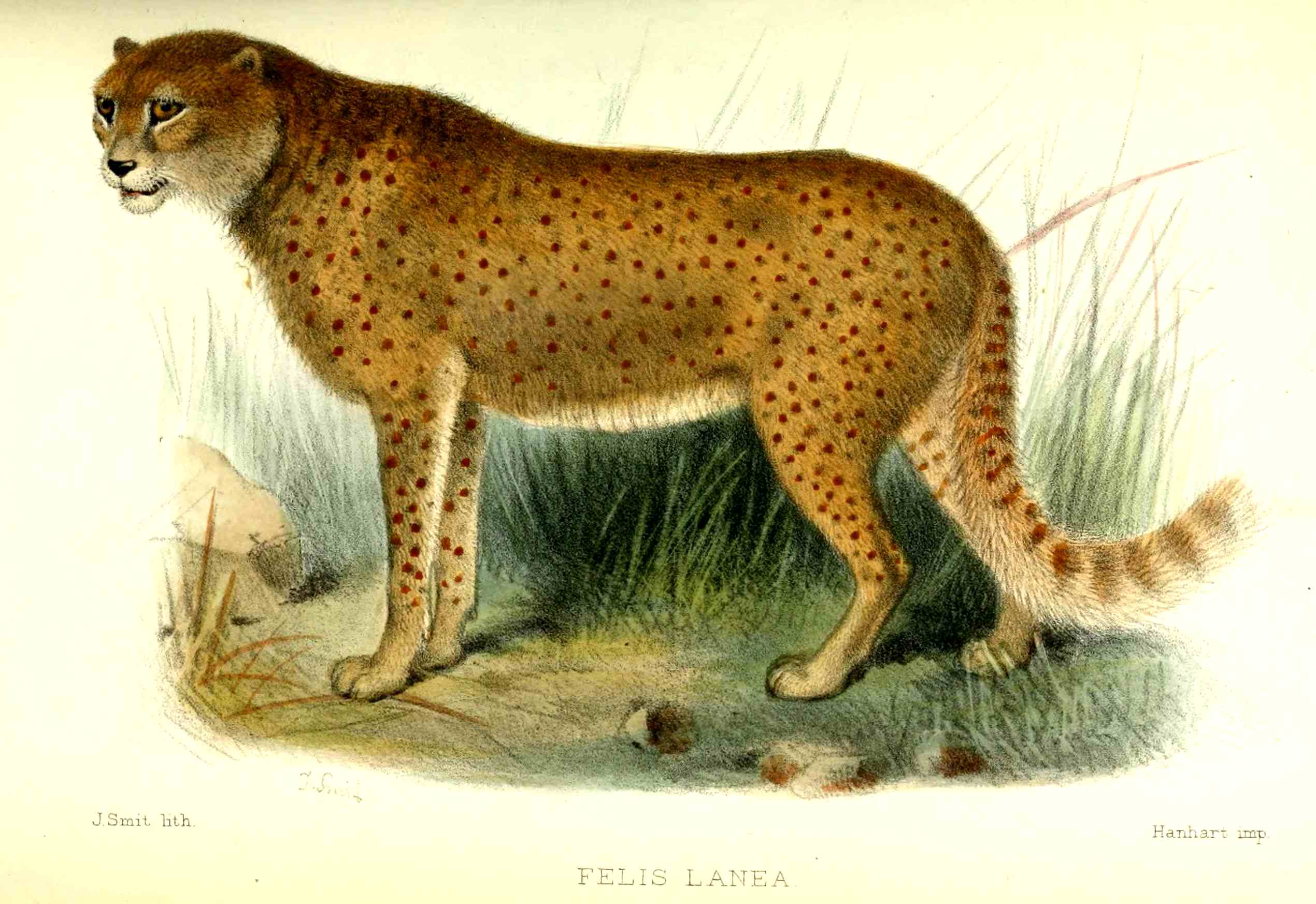|
Cats In Ancient Egypt
Cats were represented in social and religious practices of ancient Egypt for more than 3,000 years. Several ancient Egyptian deities were depicted and sculptured with cat-like heads such as Mafdet, Bastet and Sekhmet, representing justice, fertility and power. The deity Mut was also depicted as a cat and in the company of a cat. Cats were praised for killing venomous snakes and protecting the Pharaoh since at least the First Dynasty of Egypt. Skeletal remains of cats were found among funerary goods dating to the 12th Dynasty. The protective function of cats is indicated in the ''Book of the Dead'', where a cat represents Ra and the benefits of the sun for life on Earth. Cat-shaped decorations used during the New Kingdom of Egypt indicate that the cat cult became more popular in daily life. Cats were depicted in association with the name of Bastet. Cat cemeteries at the archaeological sites Speos Artemidos, Bubastis and Saqqara were used for several centuries. They contained v ... [...More Info...] [...Related Items...] OR: [Wikipedia] [Google] [Baidu] |
Bastet Dame Katzenkopf
Bastet or Bast ( egy, bꜣstjt, cop, Ⲟⲩⲃⲁⲥⲧⲉ, Oubaste , Phoenician: 𐤀𐤁𐤎𐤕, romanized: ’bst, or 𐤁𐤎𐤕, romanized: bst) was a goddess of ancient Egyptian religion, worshipped as early as the Second Dynasty (2890 BCE). Her name also is rendered as B'sst, Baast, Ubaste, and Baset. In ancient Greek religion, she was known as Ailuros ( grc-koi, αἴλουρος "cat"). Bastet was worshipped in Bubastis in Lower Egypt, originally as a lioness goddess, a role shared by other deities such as Sekhmet. Eventually Bastet and Sekhmet were characterized as two aspects of the same goddess, with Sekhmet representing the powerful warrior and protector aspect and Bastet, who increasingly was depicted as a cat, representing a gentler aspect.Serpell, "Domestication and History of the Cat", p. 184. Name Bastet, the form of the name that is most commonly adopted by Egyptologists today because of its use in later dynasties, is a modern convention offering one ... [...More Info...] [...Related Items...] OR: [Wikipedia] [Google] [Baidu] |
Animal Mummy
Animal mummification was common in ancient Egypt. Animals were an enormous part of Egyptian culture, not only in their role as food and pets, but also for religious reasons. Many different types of animals were mummified, typically for four main purposes: to allow beloved pets to go on to the afterlife, to provide food in the afterlife, to act as offerings to a particular god, and because some were seen as physical manifestations of specific deities that the Egyptians worshipped. Bastet, the cat goddess, is an example of one such deity. In 1888, an Egyptian farmer digging in the sand near Istabl Antar discovered a mass grave of felines, ancient cats that were mummified and buried in pits at great numbers. Egypt aside, Pre-hispanic bird mummies have been found in the Atacama Desert of Chile, including some next to the oasis town of Pica. These mummies were part of unknown rituals and a long-range trade from the humid tropics across the Altiplano and the Andes to reach Atacama Dese ... [...More Info...] [...Related Items...] OR: [Wikipedia] [Google] [Baidu] |
Nyuserre Ini
Nyuserre Ini (also Niuserre Ini or Neuserre Ini; in Greek known as Rathurês, ''Ῥαθούρης'') was an Ancient Egyptian pharaoh, the sixth ruler of the Fifth Dynasty during the Old Kingdom period. He is credited with a reign of 24 to 35 years depending on the scholar, and likely lived in the second half of the 25th century BCE. Nyuserre was the younger son of Neferirkare Kakai and queen Khentkaus II, and the brother of the short-lived king Neferefre. He may have succeeded his brother directly, as indicated by much later historical sources. Alternatively, Shepseskare may have reigned between the two as advocated by Miroslav Verner, albeit only for a few weeks or months at the most. The relation of Shepseskare with Neferefre and Nyuserre remains highly uncertain. Nyuserre was in turn succeeded by Menkauhor Kaiu, who could have been his nephew and a son of Neferefre. Nyuserre was the most prolific builder of his dynasty, having built three pyramids for himself and his queens ... [...More Info...] [...Related Items...] OR: [Wikipedia] [Google] [Baidu] |
Khafre
Khafre (also read as Khafra and gr, Χεφρήν Khephren or Chephren) was an ancient Egyptian King (pharaoh) of the 4th Dynasty during the Old Kingdom. He was the son of Khufu and the successor of Djedefre. According to the ancient historian Manetho, Khafre was followed by king Bikheris, but according to archaeological evidence he was instead followed by king Menkaure. Khafre was the builder who made the second largest pyramid of Giza. The view held by modern Egyptology at large continues to be that the Great Sphinx was built in approximately 2500 BC for Khafre. Not much is known about Khafre, except from the reports of Herodotus, writing 2,000 years after his life. Family Khafre was a son of king Khufu and the brother and successor of Djedefre. Khafre is thought by some to be the son of Queen Meritites I due to an inscription where he is said to honor her memory. Kings-wife, his beloved, devoted to Horus, Mertitytes. King's-wife, his beloved, Mertitytes; beloved of ... [...More Info...] [...Related Items...] OR: [Wikipedia] [Google] [Baidu] |
Lion
The lion (''Panthera leo'') is a large Felidae, cat of the genus ''Panthera'' native to Africa and India. It has a muscular, broad-chested body; short, rounded head; round ears; and a hairy tuft at the end of its tail. It is sexually dimorphic; adult male lions are larger than females and have a prominent mane. It is a social species, forming groups called ''prides''. A lion's pride consists of a few adult males, related females, and cubs. Groups of female lions usually hunt together, preying mostly on large ungulates. The lion is an apex predator, apex and keystone predator; although some lions scavenge when opportunities occur and have been known to hunt Human, humans, lions typically don't actively seek out and prey on humans. The lion inhabits grasslands, savannas and shrublands. It is usually more diurnality, diurnal than other wild cats, but when persecuted, it adapts to being active nocturnality, at night and crepuscular, at twilight. During the Neolithic period, the li ... [...More Info...] [...Related Items...] OR: [Wikipedia] [Google] [Baidu] |
Second Dynasty Of Egypt
The Second Dynasty of ancient Egypt (or Dynasty II, c. 2890 – c. 2686 BC) is the latter of the two dynasties of the Egyptian Archaic Period, when the seat of government was centred at Thinis. It is most known for its last ruler, Khasekhemwy, but is otherwise one of the most obscure periods in Egyptian history. Though archaeological evidence of the time is very scant, contrasting data from the First and Third Dynasties indicates important institutional and economic developments during the Second Dynasty. Rulers For the first three pharaohs, sources are fairly close in agreement and the order is supported by an inscription on the statuette of Hetepdief, who served in the mortuary cults of these three kings. But the identity of the next few rulers is unclear. Surviving sources might be giving the Horus name or the Nebty name and the birth names of these rulers. They may also be entirely different individuals, or could be legendary names. This might never be resolv ... [...More Info...] [...Related Items...] OR: [Wikipedia] [Google] [Baidu] |
Den (pharaoh)
Den, also known as Hor-Den, Dewen and Udimu, is the Horus name of a pharaoh of the Early Dynastic Period who ruled during the First Dynasty of Egypt. He is the best archaeologically-attested ruler of this period. Den is said to have brought prosperity to his realm and numerous innovations are attributed to his reign. He was the first to use the title "King of Upper and Lower Egypt", and the first depicted as wearing the double crown (red and white). The floor of his tomb at Umm El Qa'ab near Abydos is made of red and black granite, the first time in Egypt this hard stone was used as a building material. During his long reign he established many of the customs of court ritual and royalty used by later rulers and he was held in high regard by his immediate successors. Length of reign The Ancient Egyptian historian Manetho called him “Oúsaphaîdos” and credited him with a reign of 20 years,William Gillan Waddell: ''Manetho (The Loeb Classical Library, Volume 350)''. Harvard U ... [...More Info...] [...Related Items...] OR: [Wikipedia] [Google] [Baidu] |
Cheetah
The cheetah (''Acinonyx jubatus'') is a large cat native to Africa and central Iran. It is the fastest land animal, estimated to be capable of running at with the fastest reliably recorded speeds being , and as such has evolved specialized adaptations for speed, including a light build, long thin legs and a long tail. It typically reaches at the shoulder, and the head-and-body length is between . Adults weigh between . Its head is small and rounded, with a short snout and black tear-like facial streaks. The coat is typically tawny to creamy white or pale buff and is mostly covered with evenly spaced, solid black spots. Four subspecies are recognised. The cheetah lives in three main social groups: females and their cubs, male "coalitions", and solitary males. While females lead a nomadic life searching for prey in large home ranges, males are more sedentary and instead establish much smaller territories in areas with plentiful prey and access to females. The cheetah is act ... [...More Info...] [...Related Items...] OR: [Wikipedia] [Google] [Baidu] |
Leopard
The leopard (''Panthera pardus'') is one of the five extant species in the genus '' Panthera'', a member of the cat family, Felidae. It occurs in a wide range in sub-Saharan Africa, in some parts of Western and Central Asia, Southern Russia, and on the Indian subcontinent to Southeast and East Asia. It is listed as Vulnerable on the IUCN Red List because leopard populations are threatened by habitat loss and fragmentation, and are declining in large parts of the global range. The leopard is considered locally extinct in Hong Kong, Singapore, South Korea, Jordan, Morocco, Togo, the United Arab Emirates, Uzbekistan, Lebanon, Mauritania, Kuwait, Syria, Libya, Tunisia and most likely in North Korea, Gambia, Laos, Lesotho, Tajikistan, Vietnam and Israel. Contemporary records suggest that the leopard occurs in only 25% of its historical global range. Compared to other wild cats, the leopard has relatively short legs and a long body with a large skull. Its fur is marked with rosett ... [...More Info...] [...Related Items...] OR: [Wikipedia] [Google] [Baidu] |
Embalming
Embalming is the art and science of preserving human remains by treating them (in its modern form with chemicals) to forestall decomposition. This is usually done to make the deceased suitable for public or private viewing as part of the funeral ceremony or keep them preserved for medical purposes in an anatomical laboratory. The three goals of embalming are sanitization, presentation, and preservation, with restoration being an important additional factor in some instances. Performed successfully, embalming can help preserve the body for a duration of many years. Embalming has a very long and cross-cultural history, with many cultures giving the embalming processes a greater religious meaning. Animal remains can also be embalmed by similar methods, but embalming is distinct from taxidermy. Embalming preserves the body intact, whereas taxidermy is the recreation of an animal's form often using only the creature's skin mounted on an anatomical form. History It is important to n ... [...More Info...] [...Related Items...] OR: [Wikipedia] [Google] [Baidu] |
Resin
In polymer chemistry and materials science, resin is a solid or highly viscous substance of plant or synthetic origin that is typically convertible into polymers. Resins are usually mixtures of organic compounds. This article focuses on naturally occurring resins. Plants secrete resins for their protective benefits in response to injury. The resin protects the plant from insects and pathogens. Resins confound a wide range of herbivores, insects, and pathogens, while the volatile phenolic compounds may attract benefactors such as parasitoids or predators of the herbivores that attack the plant. Composition Most plant resins are composed of terpenes. Specific components are alpha-pinene, beta-pinene, delta-3 carene, and sabinene, the monocyclic terpenes limonene and terpinolene, and smaller amounts of the tricyclic sesquiterpenes, longifolene, caryophyllene, and delta-cadinene. Some resins also contain a high proportion of resin acids. Rosins on the other hand are less ... [...More Info...] [...Related Items...] OR: [Wikipedia] [Google] [Baidu] |
Jungle Cat
The jungle cat (''Felis chaus''), also called reed cat, swamp cat and jungle lynx, is a medium-sized cat native to the Middle East, the Caucasus, South and Southeast Asia and southern China. It inhabits foremost wetlands like swamps, littoral and riparian areas with dense vegetation. It is listed as Least Concern on the IUCN Red List, and is mainly threatened by destruction of wetlands, trapping and poisoning. The jungle cat has a uniformly sandy, reddish-brown or grey fur without spots; melanistic and albino individuals are also known. It is solitary in nature, except during the mating season and mother-kitten families. Adults maintain territories by urine spraying and scent marking. Its preferred prey is small mammals and birds. It hunts by stalking its prey, followed by a sprint or a leap; the ears help in pinpointing the location of prey. Both sexes become sexually mature by the time they are one year old; females enter oestrus from January to March. Mating behaviour is ... [...More Info...] [...Related Items...] OR: [Wikipedia] [Google] [Baidu] |

.jpg)






.jpg)
